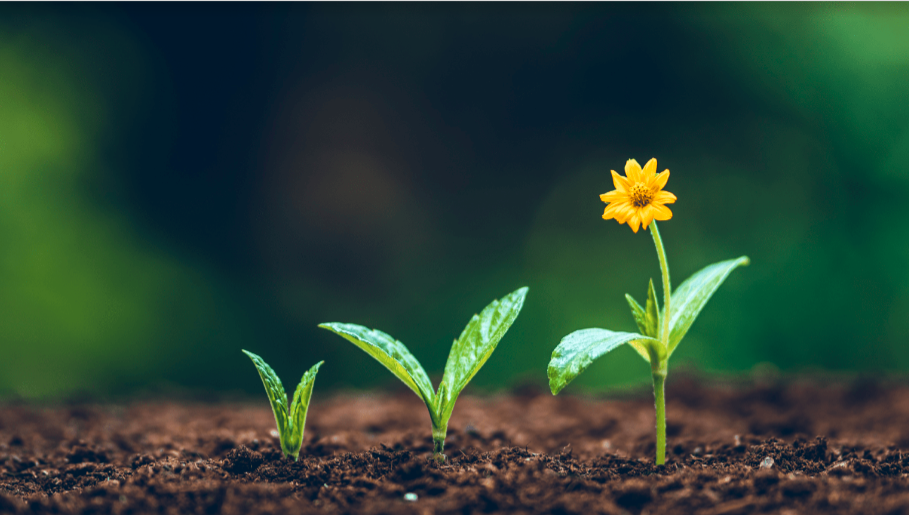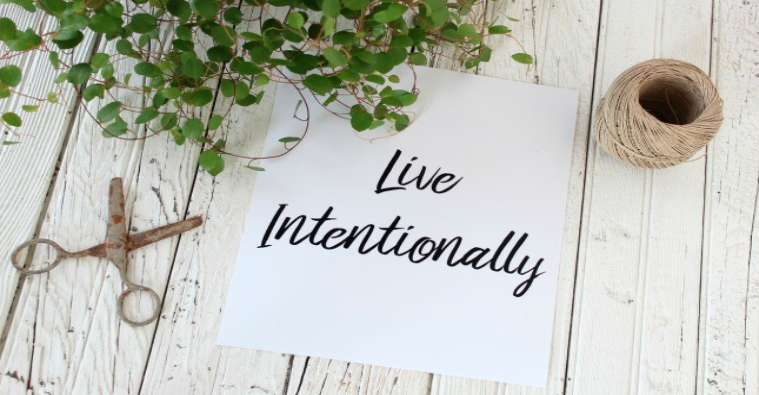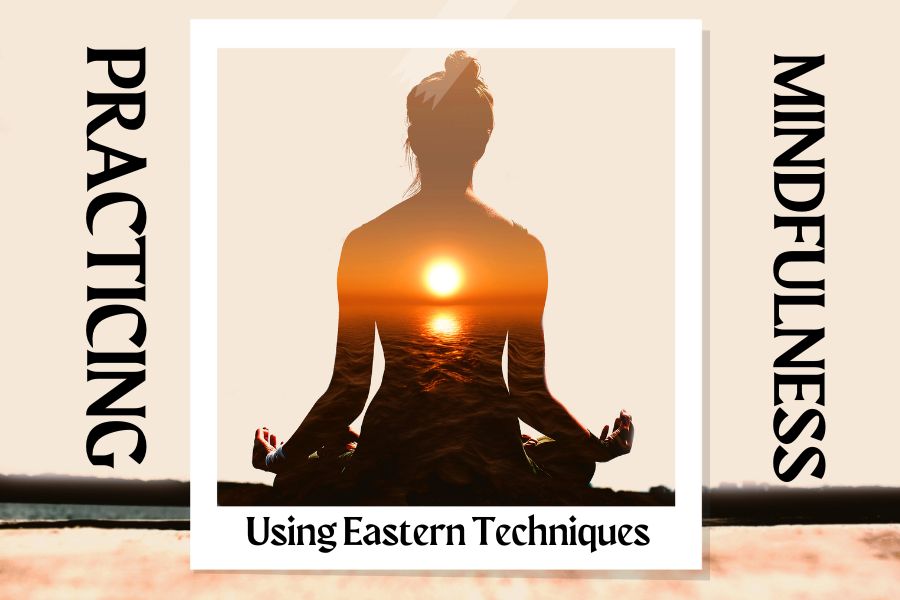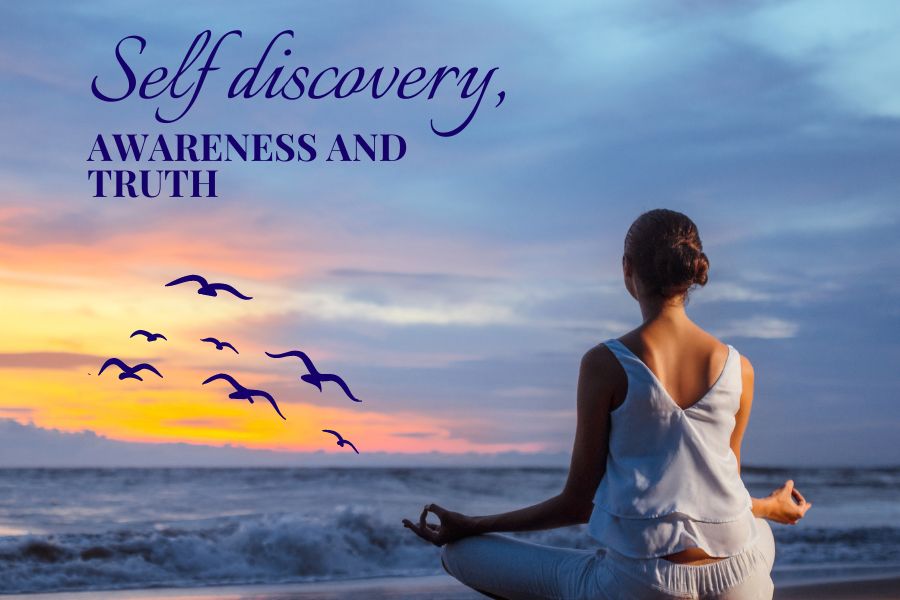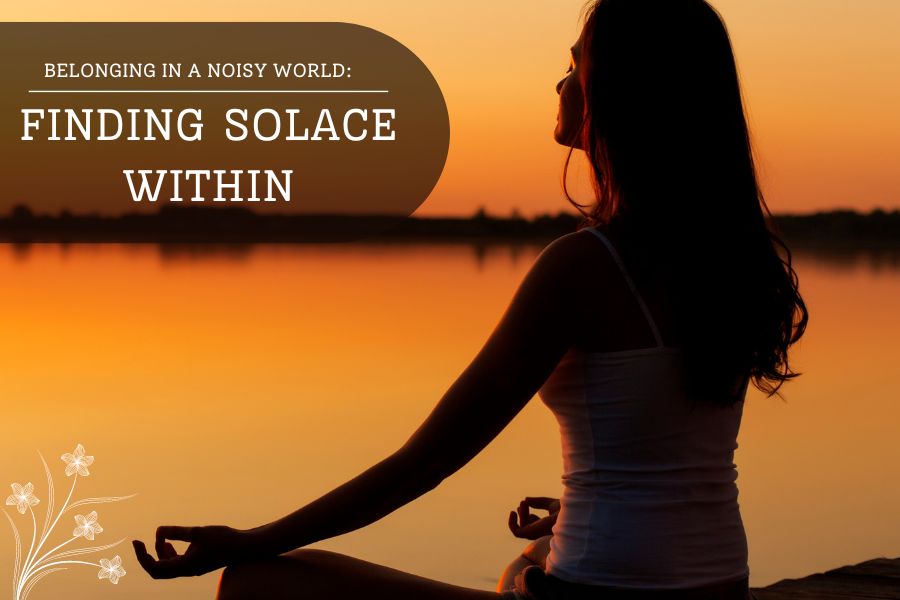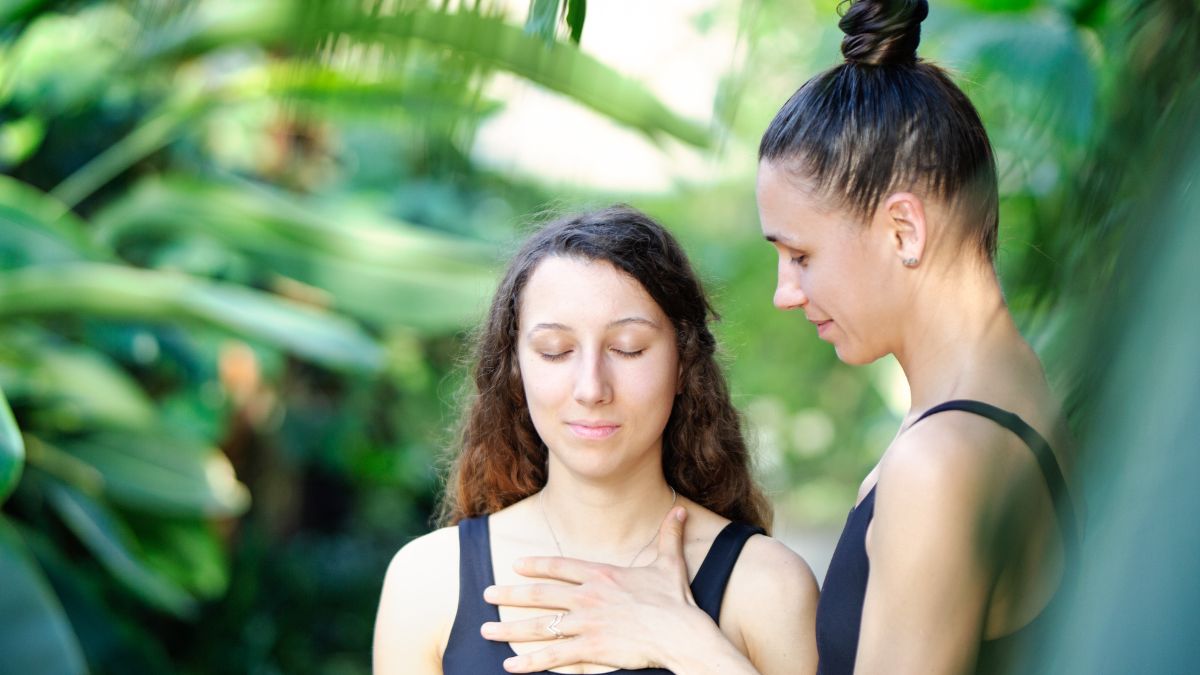I am sure you are accustomed to the concept of “brain chatter,” which refers to constant noise in the brain that does not seem to have an end, at least momentarily. How many times in a day do you get lost in your chain of thoughts and then feel guilty about it?
Regardless of age, many of us share a common desire: fully embracing and enjoying the present moment. We yearn to be fully present; this longing often becomes our top priority.
A beautiful technique called mindfulness can help you overcome this problem. Mindfulness is a practice that allows us to stay and completely take in the present moment and also helps us integrate this feeling into our daily lives.
The study of mindfulness applications in therapy, both theoretically and through empirical research, is rapidly expanding and evolving. This review suggests that the combination of well-established conceptual models explaining how mindfulness works therapeutically and the growing body of empirical evidence justifies optimism that mindfulness-based approaches will become valuable tools in treating patients with various mental and physical health conditions.
According to the APA Dictionary of Psychology, Mindfulness involves being attentive and conscious of one’s internal experiences and external environment. It can enable individuals to break free from harmful or habitual patterns by cultivating the ability to observe their thoughts, feelings, and present-moment sensations with a non-judgmental and non-reactive attitude.
In “25 Lessons in Mindfulness,” Ameli Rezvan guides you through establishing a mindfulness practice to enhance your well-being. Mindfulness involves focusing on the present moment with a curious and accepting attitude.
The book opens by explaining the scientific benefits of mindfulness and its philosophical roots. Rezvan then dives into 25 practical lessons that train you to be mindful of various aspects of your experience. These include:
- Breath
- Sounds
- Sights
- Tastes
- Movements
- Physical sensations
- Thoughts
- Feelings
Through these exercises, you’ll develop the ability to respond to life’s challenges with greater calmness and acceptance. The book emphasizes self-compassion throughout, encouraging a gentle and understanding approach to yourself.
By incorporating these lessons into your daily routine, “25 Lessons in Mindfulness” aims to equip you with tools to manage stress, improve emotional well-being, and cultivate a more fulfilling life.
So now the question arises of how we practice mindfulness. An activity suggested by the American Psychological Association says that students studying mindfulness should be provided with opportunities to understand how it can be integrated into daily life and learn about its potential benefits for well-being. In the activity, the students were asked to watch a video and then converse about the same. They were also required to fill out a handout, which was given to them.
We don’t need to perform this activity; there are more straightforward ways to practice mindfulness and live more awareness. Below are a few of them.
Here are some ways to practice mindfulness:
- Focus on your breath: This is a classic mindfulness technique. Find a quiet place, sit comfortably, and close your eyes. Pay attention to your breath moving in and out of your body. Notice the sensations of your chest rising and falling. If your mind wanders, gently bring your attention back to your breath.
- Body scan meditation: Lie down or sit comfortably. Slowly focus your attention on different body parts, one at a time. Notice any physical sensations, such as tension, relaxation, warmth, or coolness. Don’t judge the sensations; simply observe them.
- Mindful movement: You can practice mindfulness through everyday activities. For example, pay attention to the sensations in your body as you walk, feeling the ground beneath your feet and the movement of your limbs.
- Mindful eating: When you eat, slow down and savor each bite. Notice the colors, smells, textures, and tastes of your food. Chew thoroughly and appreciate the nourishment your body is receiving.
- Engage your senses: Throughout the day, intentionally experience your surroundings through your senses. Notice the sounds, sights, smells, and feel of things you touch.
These are just a few ways to get started with mindfulness. Remember, the key is to focus on the present moment with a curious and accepting attitude. Be patient with yourself, and don’t get discouraged if your mind wanders. With practice, mindfulness can become a powerful tool for managing stress, improving focus, and increasing your overall well-being.
The beauty of mindfulness lies in its simplicity – being present and fully engaged with the current moment, neither ruminating about the past nor anxiously anticipating the future. Yet, mastering this state of conscious awareness takes regular practice and commitment. As we navigate our fast-paced, distraction-filled world, it’s easy to get swept up in the relentless flow of thoughts and emotions, often functioning on autopilot. Mindfulness empowers us to hit the pause button, tune into our senses, and cherish the richness of each unfolding experience.
By cultivating mindfulness, we unlock a heightened sense of clarity and focus, enabling us to make more thoughtful choices aligned with our values and aspirations. The practice fosters emotional resilience, equipping us with the tools to manage stress, anxiety, and complicated emotions effectively. Furthermore, mindfulness nurtures self-compassion, helping us embrace our imperfections and treat ourselves with kindness rather than harsh self-judgment.
In our increasingly disconnected society, services like Antaha offer a lifeline for those battling loneliness and mental health challenges. Through their innovative approach, Antaha provides a supportive community and evidence-based interventions, empowering individuals to cultivate mindfulness, build resilience, and nurture meaningful connections.
So, why take the first step towards embracing a more mindful existence today? Start by setting aside a few minutes daily to breathe and observe the present moment without judgment. Notice the sights, sounds, and sensations around you, and allow yourself to immerse yourself in the here and now. Remember, mindfulness is a journey, not a destination—with patience and persistence, you’ll gradually hone your ability to savor life’s precious moments, one conscious breath at a time.


